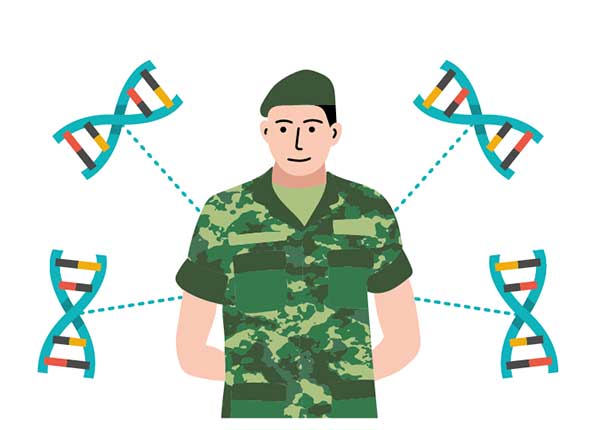Instruction Manual May 2017

JARGON WATCH
Tech Jargon
Favicon: Short for “favourite icon”, favicons are the small icons that appear to the left of a URL in the browser address bar or in tabs. Facebook’s favicon, for example, is a white “f” on a blue square. Each favicon is customised to the site it represents.
SEO: Search Engine Optimisation. An internet marketing strategy to increase the visibility and ranking of websites in search engine results. Websites with effective SEO will show up higher or earlier in pages of search results for relevant keywords.
Public Service Jargon
COS: Committee of Supply, a committee of parliamentary members that debates government expenditure for the coming financial year. The Committee considers each ministry’s request for funds and votes on it, then reports the outcome to Parliament.
PST: Public Sector Transformation. It’s an ongoing movement to keep the Singapore Public Service nimble and ready for the future, with five key strategies. Learn more about the strategies in the gift attached with this May/June issue of Challenge.
Say It Like This
Data: There are two correct pronunciations, depending on the region. It is pronounced as “day-ta” in most places, and “dah-ta” in Australia and New Zealand.
ASK A PRO
What stories can do for your team

A Q&A with Dr KARUNA RAMANATHAN, Senior Principal Organisational Development Consultant at the Public Service Division. He shares how storytelling can be a useful way to connect, share knowledge and shape culture within organisations.
Q: How is organisational storytelling different from other types of storytelling?
A: Storytelling is an ancient oral tradition that has been adapted for a wide range of practical, everyday applications: early childhood education, case-based teaching, military lessons, and in clinical psychology and psychoanalysis.
As a business practice, organisational storytelling surfaced in management as a result of Stephen Denning’s groundbreaking work. As Director of Knowledge Management for the World Bank in the late 1990s, Denning demonstrated the effective use of future story to convince decision makers to invest money to build health facilities in Africa.
Story and storytelling, when successfully used in organisations, tend to be in areas of communications and leadership development. The newer forms of organisational storytelling include using narratives for visioning, as strategic change framing, and also the use of stories for engagement and sentiment analysis. The use of storytelling and narratives in gamification and serious games has also aroused corporate interest. Another emerging and exciting area of interest is visual storytelling.
Q: How can storytelling change an organisation's culture?
A: Organisational culture is extremely challenging to change in the near to medium term. However, when leaders and managers are trained in the science of storytelling, as part of an organisational change strategy, new behaviours and actions can and should be expected faster. This was the larger change strategy in the very hierarchical Singapore Armed Forces (SAF). The leaders refined corporate values through stories in 2008, resulting in a handbook of stories created to provide key words and the meanings of the SAF’s core values. This highly successful effort is rooted in the SAF’s DNA today. Leaders and middle managers in the SAF are trained in storytelling techniques as part of their training and development roadmap.
Q: How can I start to do storytelling to change certain aspects of my organisation?
A: A simple way to quickly build and tell stories is with the 2-5-1 model: two introductory remarks, five points and one key lesson learnt. This model, which I developed in 2008, is used today in the SAF and also by the United Nations. It incorporates the emotive components into the narration of a significant past experience, to enable the moral or message of the story to emerge in less than 10 minutes.
Q: Where can I pick up or learn more about organisational storytelling?
A: Training courses are available at the Civil Service College. However, to become confident, one will need practice. The 2-5-1 model might be a simple starting point, but ultimately every leader should have three to eight life experiences, or crucible experiences, which he/she can build on, talk about and use effectively to illustrate his or her message. So practice makes perfect!
Got a question or topic you want answered by a pro? Send your suggestions to psd_challenge@psd.gov.sg
IN NUMBERS
Select groups affected by the Singapore Budget 2017

GET WIRED
Use your SkillsFuture credits here

Search Engine Optimisation (SEO)
SEO is a marketing technique to boost a website’s visibility in search engine results when users search using keywords relevant to the site. Learn how to make a website for your organisation or project easier for citizens or customers to find: bit.ly/SEObeg2adv
Basic photo and video editing
For photos, Adobe Photoshop is the most complete software for making highly customised edits to images, including animated GIFs. Adobe Premiere Pro is a video editing program that lets you edit video clips, such as cutting out unwanted material or adding text overlays. Learn how to use both software: bit.ly/PSforbeginners and bit.ly/APPfundamentals
Visual Basic for Application (VBA)
VBA is a programming language that can be used with Microsoft Excel to create more efficient ways to sort and filter data, or automate other processes. bit.ly/VBAinfull
Analytics for Big Data
Business analytics requires a well-structured interpretation of data to support decision-making. When applying this to big data, the challenge is processing immense caches of data, which requires specialised software. Accountants, for example, can see how big data analytics can benefit their work with this course: bit.ly/BAaccountants
- POSTED ON
May 12, 2017
-
Deep Dive
In Blockchain We Trust
-
Infographics
Budget Nuggets








